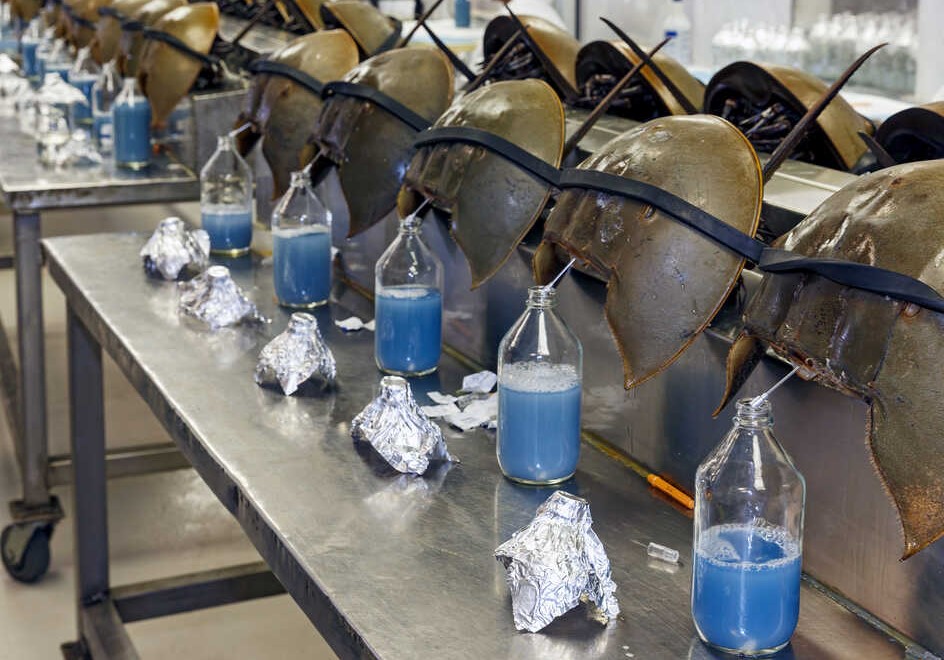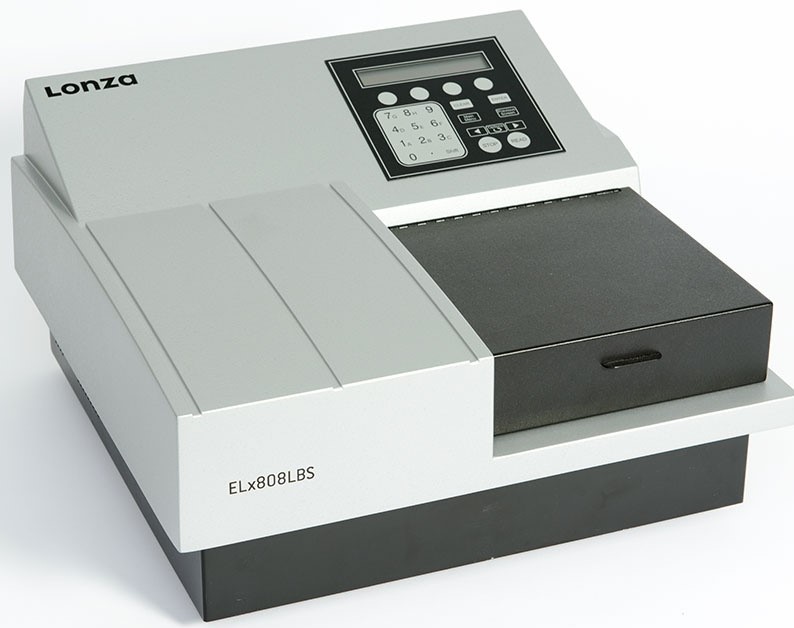Endotoxin Test Kits and Measurement Methods
Endotoxin test kits are used to measure the concentration of endotoxins in pharmaceutical and biotechnology products. These kits typically employ the Limulus Amebocyte Lysate (LAL) assay, which is the most used method for endotoxin detection. The LAL assay utilizes the clotting reaction of Limulus Amebocyte Lysate in the presence of endotoxins to quantify their concentration.
There are several methods available for measuring endotoxin concentration using LAL assay-based test kits:
-
Gel Clot Method:
This is the traditional method where the LAL reagent is mixed with the sample in a test tube or well. If endotoxins are present in the sample, the formation of a gel clot indicates their presence. The time taken for gel formation can be correlated to the endotoxin concentration.

-
Turbidimetric Method:
In this method, the LAL reagent is mixed with the sample, and the resulting reaction is measured optically. Endotoxins cause turbidity in the solution, and the increase in turbidity is proportional to the endotoxin concentration.
-
Chromogenic Method:
This method involves the use of a chromogenic substrate that reacts with the LAL reagent in the presence of endotoxins. The reaction produces a colored compound, and the intensity of the color is proportional to the endotoxin concentration. The color can be measured spectrophotometrically.

-
Fluorescent Method:
Some LAL assay kits utilize a fluorescent substrate that reacts with the LAL reagent in the presence of endotoxins. The reaction produces fluorescence, and the intensity of the fluorescence is measured using a fluorometer. The fluorescence intensity is directly proportional to the endotoxin concentration.